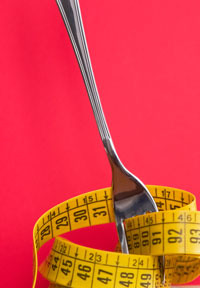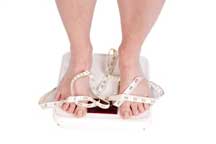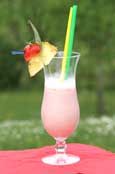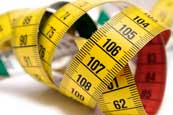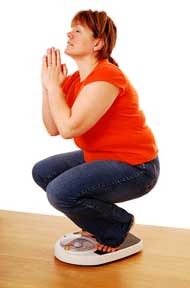It’s time to make those annual promises to kick bad habits and devise fresh new self-improvement programs for yourself. But how can you ensure you’ll actually make it happen this year?
If you don't want your bad habits hanging around for another 12 months, and want to improve your health, wealth and general happiness, here’s a few tips on how to succeed after the New Year's celebrations and hangovers have faded, and reality sets in.
Small Steps to a Smaller Jeans Size
You don’t want your resolutions to appear like a huge insurmountable mountain. If your goal is too big, you'll feel defeated before you even get started.
Set a realistic overall goal, and then break it down into smaller more attainable chunks that can be achieved throughout the year. Then give yourself a pat on the back every time you achieve one of these smaller targets. This will help you to keep the motivation going.
To ensure success, be really specific with your targets. Vague plans usually get derailed within a few weeks.
For example, instead of focusing on getting into a certain pair of jeans or looking good for a beach holiday, make the commitment to loose 2lbs a week. It shouldn’t be too long before that top button does up without a stomach-holding-in power struggle!
Make Your Goals Comfortably Challenging
Be realistic and avoid perfectionist thinking. Focus on setting achievable goals, rather than mere wishful thinking.
Choose goals that are important to you, and not what you think you ought to do, or worse still, what others expect you to do. The more meaningful and personal they are, the more likely you are to achieve them.
Be Brave and Go Public!
Don't keep your resolutions to yourself. Tell friends, family and anyone else who will listen. They can help you to keep on track by offering encouragement and support. You’ll also be less likely to back out if more people know about your intentions.
Write down your resolutions and pin them up somewhere prominent. This will increase their significance, and you’re likely to be more committed to achieving them.
Most people find it conveniently easy to forget about their resolutions by the end of January! Start as you mean to go on, and get into the habit of regularly revisiting your plan whilst also recording your progress.
The Power of Positive Thinking
You’ll find it more beneficial to think about your positive achievements rather than how much you fall short of your goals. The glass is half full rather than half empty, kind of thinking.
Life is rarely straightforward, and unexpected events are usually just around the corner. So don’t get too disheartened if your plan and goals need to change. Be prepared to adapt and be flexible, whist still concentrating on your end goal.
Accept that new habits can take a while to become established and learnt, whilst old habits can be frustratingly difficult to lay to rest. Try to remain committed and focused. Remember, nothing really big and worthwhile is achieved in just one day!
And if you do fall off the wagon, which most people do at some point, don’t be too hard on yourself. See it as a lesson for the future, rather than a failure. Don’t allow the experience to become an excuse to give up. You’re made of tougher stuff than that!
Bite the Bullet & Get Started!
The first few days are crucial. If you hang around waiting until the time is right, or you have a bit more energy etc, you just won’t do it.
Action will often pave the way for enthusiasm, and not the other way around. Instead of waiting and hoping that energy and enthusiasm will somehow materialise, you need to go out and do something about it. So even if you only manage a 10 minute jog, you’re likely to come back with the motivation and determination to do more.
And the more you do, the more momentum you’ll pick up, and the easier it’ll become.
What You Should Do Next…
1) Strip bare your ambitions, and turn them into achievable targets and plans
2) Brag about your intentions to family and friends
3) Put your trainers on and head out the door
Go on……What are you waiting for???



